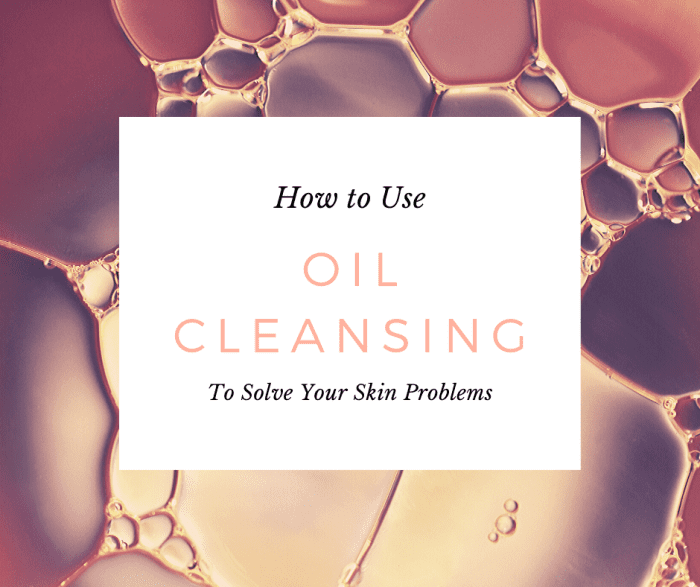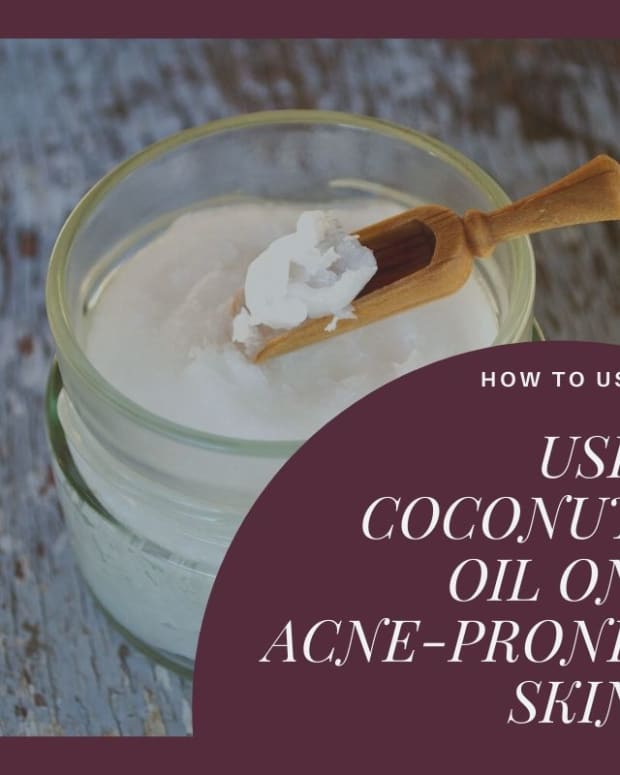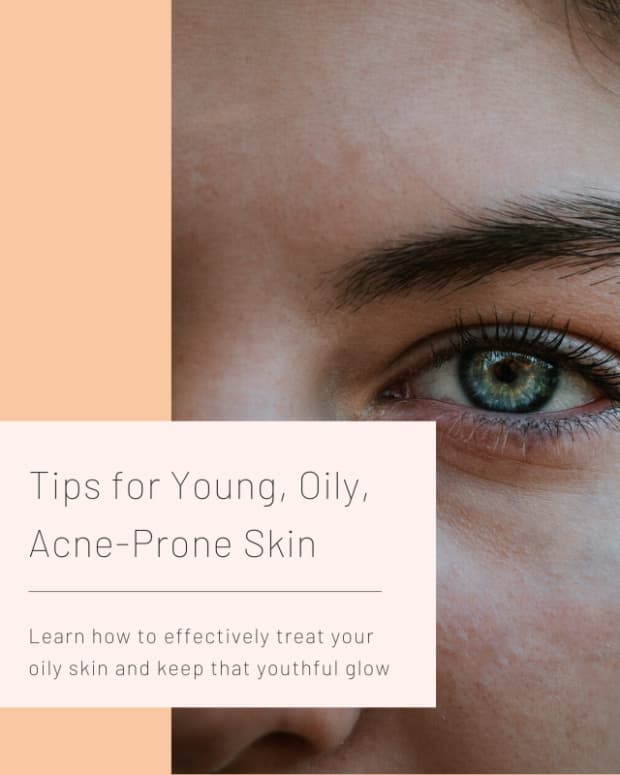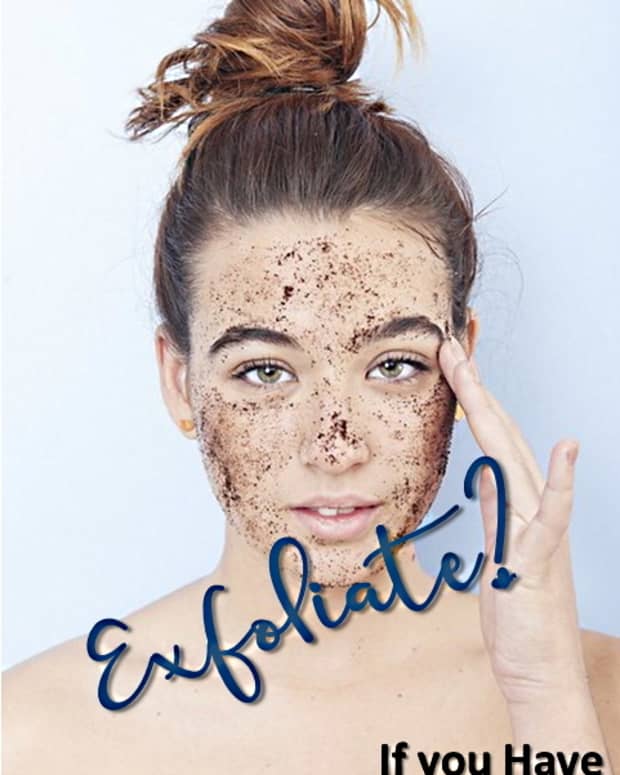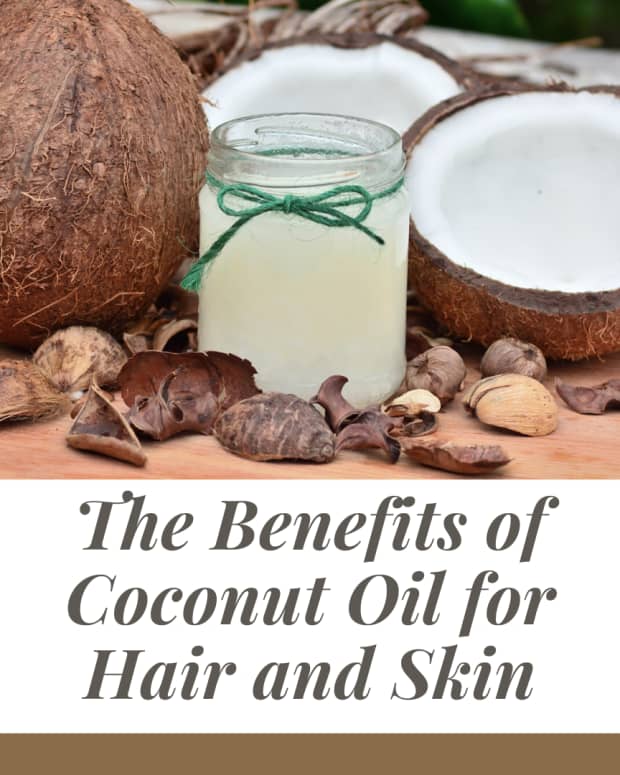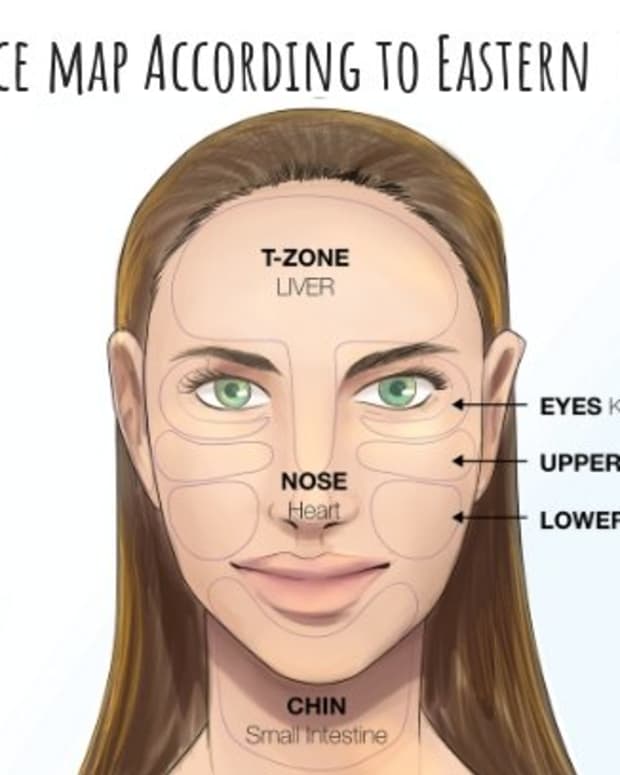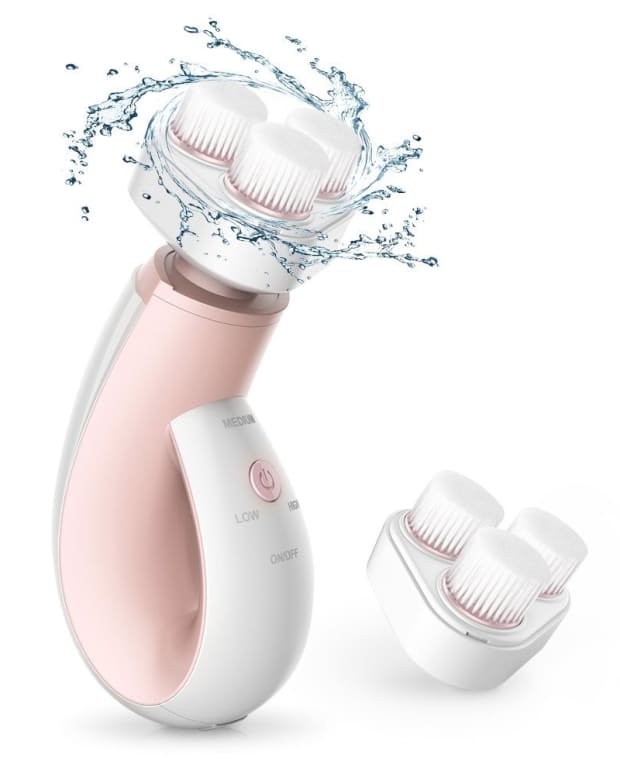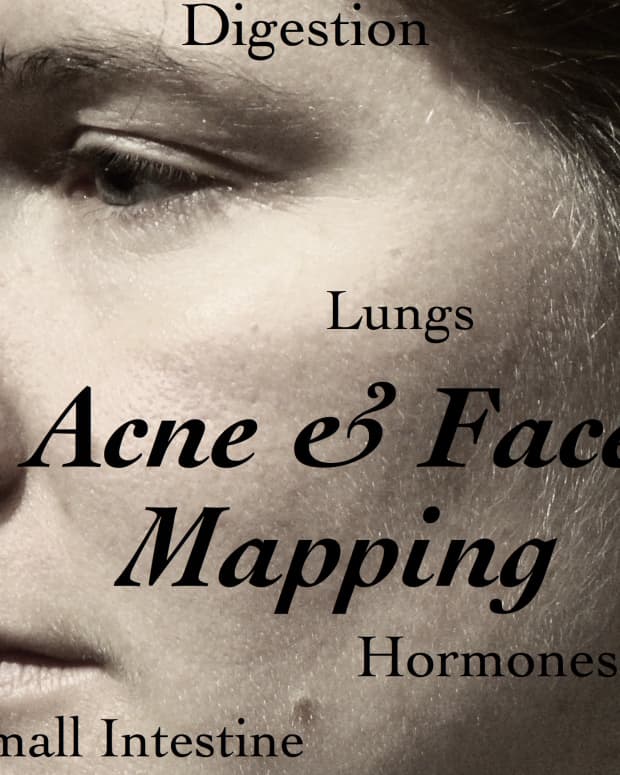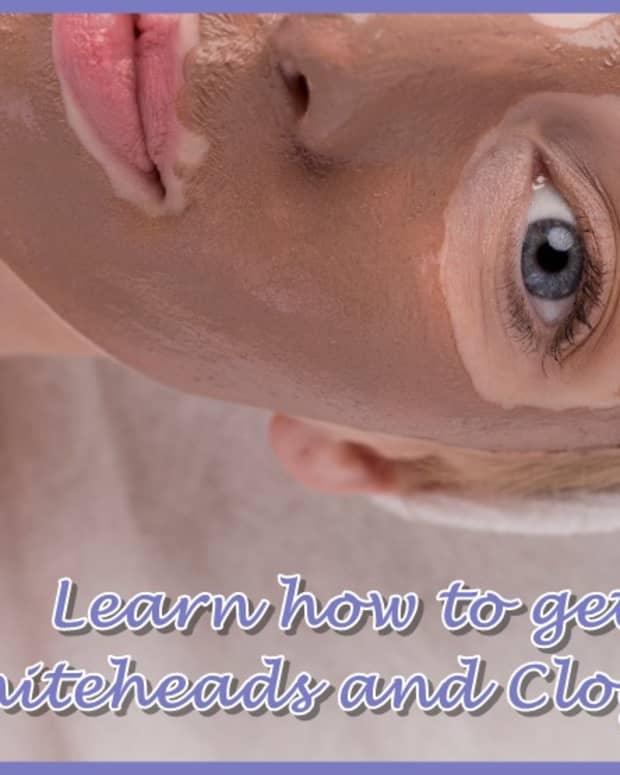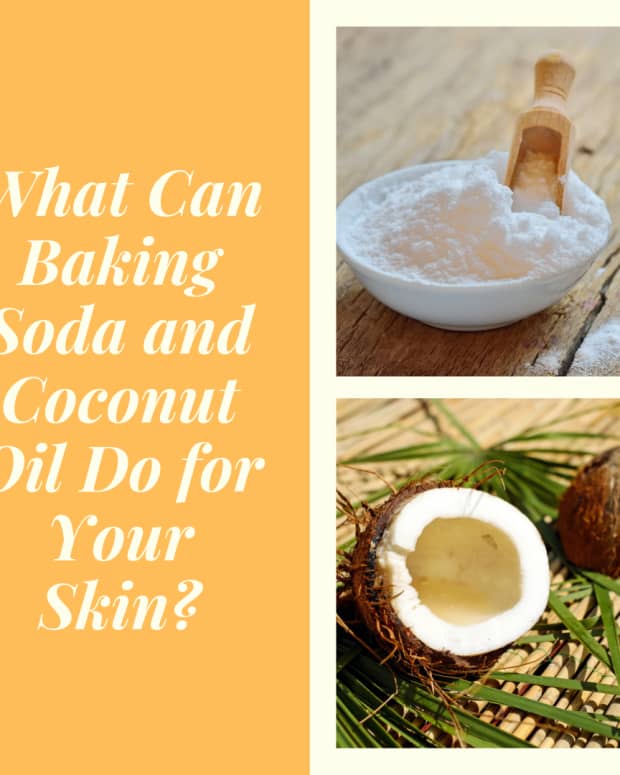The Oil-Cleansing Method: Solve Your Skin Problems
I'm interested in sustainable agriculture, the environment, health, and nutrition. This is the story of my journey with oil cleansing.
I Haven't Used Soap in Over a Year
Well, okay . . . I do wash my hands and I do use shampoo. But other than that, no soap!
I have crazy oily skin, and for years I've used soaps, scrubs, and astringents like they were going out of style. In the winter, my skin would be dry and scaly, yet oily, at the same time. Washing it made the dryness worse, but if I scaled back on the soap and astringents, I suffered breakouts. I was spending $30 or $40 a month on skincare products and my skin wasn't cared for.
Then I Discovered the Oil-Cleansing Method
I'd been trained for years (since my first breakout as a teenager) that oil was BAD. I bought oil-free skin care products, used astringents to strip any excess oil from my skin, and ignored a whole series of Clinique consultants who insisted that I needed to use a moisturizer.
But it turns out that the Clinique ladies were right . . . sort of. They claimed that after washing and toning, I needed to moisturize in order to balance out all the natural oils I had just stripped off my skin. If I didn't slather on some moisturizer, they said, my skin would try to compensate by overproducing oil, and I'd end up even oilier than before.
The real problem in that cycle, though, wasn't the lack of moisturizing—it was the stripping away of all of my skin's natural oil through cleansing and scrubbing.
Why Your Skin Needs Oil
Oil keeps your skin healthy. Oil makes your skin waterproof, keeps it soft and flexible, and helps protect it from bacteria. Your skin naturally produces oil, and, if you're rough on it (lots of soap, astringents, and exfoliates, for example), it'll produce extra oil to help protect itself. Or, if you're the dry-skinned type, it won't produce enough oil to compensate. Or, you'll end up with the dreaded mixed complexion: a slick of oil spread over a moonscape of scaly skin. Blech.
When you wash your face, most of the "dirt" you're washing off is old oil and dead skin cells. And what's the best way to dissolve oil? If you've ever tried to mix oil and water, you'll know that water doesn't dissolve oil. For that reason, facial cleansers use all kinds of chemicals, designed to dissolve oil without destroying your skin. [This is topic for another article, but there's been relatively little research done into the long term effects of some very common cosmetic ingredients. Check out the Environmental Working Group's cosmetics database if you're curious about what you're *actually* slathering on your skin.
The best and gentlest way to dissolve oil is with oil! The right blend of high-quality oils will lift away dirt and dead skin while maintaining the moisture balance of your skin. You'll end up with smooth, glowing skin that doesn't get excessively oily and doesn't dry out. The best thing is—this works with ANY skin type. You'll have to play around with the ingredients a bit, but once you figure out a formula that works for your skin, you'll be amazed at how little it takes to keep your skin in amazing shape.
How to Choose Your Oils
The beauty of the oil cleansing method is that it's completely customizable. There are LOTS of different ways to go about mixing your oils, but most people start by mixing castor oil with extra virgin olive oil.
Basic Oil Cleansing Recipes
| Skin Type | Ingredients & Proportions |
|---|---|
Dry Skin | One part castor oil to three parts extra virgin olive oil |
Normal Skin | One part castor oil to one part extra virgin olive oil |
Oily Skin | Three parts castor oil to one part extra virgin olive oil |
Castor oil comes highly recommended because it's a pretty high-powered cleanser and does an excellent job dissolving dirt from your pores. However, it's really thick and, surprisingly, kind of drying. Depending on your skin type, you can play around with the proportions (the drier your skin, the less castor oil you should use) or substitute different oils. Castor oil can be irritating to some skin, so if you're at all worried, start off with just ten or twenty percent blended into your mix.
I started with a 3:1 castor & olive oil mix, but once my skin adjusted, that felt really heavy. (And until it adjusted, my skin was really dry. Weird, but apparently common for the first week or so. Push through—it gets better.) For my next batch, I mixed one part olive oil to three parts grapeseed oil, and that's served me pretty well. My skin feels clean after I use it, but rarely feels dry. Needless to say, I don't moisturize. As the weather warms up, I may try adding just a bit of castor oil back into my blend, to give it that deep-cleansing zing.
Oil Variations: Things to Try
| Type of Oil | What It's Good For |
|---|---|
Grapeseed Oil | A light, slightly astringent oil, good for acne-prone faces |
Avocado Oil | A rich oil good for dry skin |
Jojoba Oil | A nice all-purpose oil, helps balance oil production in oily skin |
Tea Tree Oil | An antiseptic oil that can help kill acne-causing bacteria. Add just a drop or two to your oil mixture. Don't overdo it! |
Apricot Oil | Great for dry and aging skin |
Castor Oil | A strong cleanser, especially good for oily skin. Can irritate dry or senstive skin. |
Olive OIl | A facial cleansing staple. Rich, heavy, and super moisturizing. Great on dry skin; blend with a lighter oil for oily skin. |
Feel free to experiment with different oils, and consider adding a drop or two of essential oils. Tea tree oil, in particular, is a nice antiseptic and can be used (in teeny tiny amounts!) on acne-prone skin. And remember—there's no right or wrong way to do this! In a pinch, a couple teaspoons of any old oil will probably do. I once used flax seed oil straight from a friend's fridge for three days and it worked great.
So How Do I Do This, Anyway?
It's easy-peasy. Three minutes and you're done.
Step 1
Blend your oils.
Step 2
Loosen the dirt. Massage one to two teaspoons of your oil blend into your face. Shoot for a 60-second massage, and try not to skimp on the time. Remember—the longer you massage, the more dirt will dissolve out of your pores.
Step 3
Steam your pores open. Soak a washcloth in hot (hot!) water, wring it out, and drape it over your face. Keep it on for 60 seconds or until the washcloth cools to room temperature.
Read More From Bellatory
Step 4
Remove the excess oil. Rinse out your washcloth and scrub your face with warm water. Do a good job here—if you leave a coating of oil on your skin, it'll feel...well, like a coating of oil on your skin.
Step 5
Close up your pores. Splash your face with cold water.
Step 6
Bask in the glow. Your skin should feel clean and smooth, but not at all tight. Enjoy that feeling.
Sure, but Will It Save Me Money?
Yes! (Probably!)
This depends a little on your current skin-care regime and little about how obsessive you are about buying cold-pressed organic oils (recommended, but not necessary).
If you're currently washing your face with a bar of Dial . . . yes, this will cost a bit more. On the other hand, if you've got a facial cleanser/exfoliator/toner/moisturizer thing going on, this will probably be cheaper. If you're shopping for your cleansers, etc. in a department store, this will almost definitely be cheaper.
I've been doing this for 14 months now, and I spent maybe $25 or $30 for bottles of olive oil, castor oil, and grape seed oil. I still have plenty of olive oil and castor oil, but the next time I mix up a batch (in a week or two), I'll need more of the grape seed, which runs about $10 a bottle.
So right now, my monthly skincare costs run about $2.14. Or $3.50 if you factor in the glass dispenser I bought for my oil blend. Not bad, right?
Tip and Tricks
- Once you've adjusted to the oil-cleansing method, you'll probably find that your skin care regime has changed pretty radically. For one thing, the days of twice-a-day facial cleansing are probably a thing of the past. I do the oil-cleansing method at night. In the morning, I splash my face with cold water and then I'm good to go. (And let me say, I never, in my wildest dreams, thought I would get away from twice a day toners and scrubs. But I did.) Depending on your skin type, you might not even need this much. The dry-skinned among us often only use the oil-cleansing every other day.
- When you're starting out, mix up one or two days of oil at a time. Once you've perfected your recipe you can start the big batches.
- I keep my oil in a nice, glass hand-soap dispenser. It's pretty, it doesn't leak or drip, and the dispenser is HUGE (well, 12 or 16 ounces, anyway), so each batch lasts months.
- You might need to pick up some more washcloths. And/or you might need to wash your cloths more often. They tend to get pretty manky with all the oil, so *very* regular washcloth rotation is a must.
If You're Curious About the "No Soap" Thing
- Lose the Soap: Take a Soap-Free Shower (and Still Smell Sweet)
Ditch the soap! Go natural and save money. Learn to take a soap-free shower that still gets you clean as a whistle.
Are you hip to the great soap conspiracy?
This content is accurate and true to the best of the author’s knowledge and is not meant to substitute for formal and individualized advice from a qualified professional.
Comments
lizlauder (author) from Western New York on July 30, 2014:
I think you could use them anywhere, though you may find that different combinations work better on different areas. Castor oil, in particular, can be drying, so you might want to cut back (or eliminate) that in mixes you use on your body.
I'll sometimes use oils on my neck or upper chest. I don't tend to use oils much on the rest of my body, just because the steaming part gets tricky. And just rinsing in a hot shower (which I've tried) makes a mess of the shower.
But definitely experiment! There's no reason the oils wouldn't work -- and I'll bet they'll make your skin super soft.
MONI on July 30, 2014:
I was wondering if these oils that I mix can be used on the whole body or is this only for face?
lizlauder (author) from Western New York on March 11, 2014:
Thanks! You know, I don't really exfoliate very much -- and I used to be on a daily exfoliation schedule. I have kind of scratchy bath cloth I use in the shower, but I tend to use that as a (poor) substitute for the oil. When I do the oil cleanse, I really don't need much in the way of exfoliating.
eva on March 11, 2014:
Hey there! Loved the post, super informative! Quick question though, do you exfoliate your face with anything or does wiping your face with the washcloth work well enough for you?
lizlauder (author) from Western New York on September 02, 2013:
Hi Crystal,
Thanks for commenting!
Definitely give OCM a try -- I've been doing it for...maybe three years now? And I find that I can go a day or two (or three) using just water. I've had really oily skin my whole life, and I never would have believed that I could go even a day without soap, soap, soap.
Please, please let me know how the no 'poo experiment goes! I've tried twice and failed -- but I would love to make it work.
I'll have to give your deodorant recipe a try -- I've thought about going natural, but haven't ever quite gotten up the courage. Do you have any trouble with the coconut oil staining your clothes?
Keep me posted, and thanks for stopping by!
Crystal on September 02, 2013:
I did OCM maybe a couple years ago? I have oily skin, sometimes combination, depending what products I'm using. When I did use OCM (castor and sunflower oil) my skin was happily the same. It seems nothing really changes my oily acne-prone skin. Right now I'm using La Rosche Posay's line for acne prone skin. But I've been thinking about how I want to live my life and what I want in my body and on my skin. I might just try going back to OCM. (I think I stopped because it would make my mascara smudge something horrible, and I love my mascara).
Anyway, just commenting that I wanna try OCM again. PLUS, I'm trying no shampoo and no soap showers. We'll see how that goes. So far so good. It's been a couple days and my fine hair may be freaking out a little bit, but we'll try to persevere. I also tried baking soda wash/vinegar rinse, but gave up when I moved from soft to hard water and it made my hair feel nasty.
As a side note on deodorant! I found that baking soda is a crazy awesome alternative. For a lot of people, straight baking soda can irritate their skin. So, I made a recipe with equal parts baking soda, corn starch (can sub for arrowroot powder), and coconut oil - just mush it all together with a fork. I'm pleasantly surprised at the results. This works waayy better for me than any of the other natural deodorants. Dare any one who reads this to try it ;)

